Remove macro in Excel to ensure your spreadsheets remain clean, secure, and functioning as intended, especially when dealing with shared files or transitioning between different projects. Macros can be powerful tools for automation and complex tasks, but they can also pose security risks or cause issues if not managed properly. Whether you’re an IT professional ensuring company data security, a project manager streamlining workflow, or a user receiving files from external sources, this guide will provide you with a clear, step-by-step approach to safely and effectively remove macros from your Excel workbooks. By mastering this process, you’ll maintain the integrity and performance of your spreadsheets, ensuring they are free from unwanted or potentially harmful code.
This Tutorial Covers:
- How to Remove Macro in Excel? / How to Delete Macro in Excel?
- How to Select and Remove Macros from the Macro Dialogue Box in Excel?
- How to Use Shortcut Key to Delete Macros from the Macro Dialogue Box in Excel?
- How to Select and Erase Macros from the Modules in Excel?
- How do Delete All the Macros Together by Saving them as an xlsx File in Excel?
1. How to Remove Macro in Excel? / How to Delete Macro in Excel?
An Excel macro is a set of actions or actions with which you can record and run indefinitely to automate repetitive work. The macro saves your keystrokes and clicks and allows users to rerun them with a single click. There are many ways to remove macros from your workbook. We will go through it in this article.
2. How to Select and Remove Macros from the Macro Dialogue Box in Excel?
Follow these steps to select and remove macros from the macro dialogue box in Excel:
Step 1: Click Macros in the Code group on the Developer tab.

In Excel, the Developer tab is by default hidden.
Step 2: A Macro dialogue box will appear. In the box, you can see all of the macros in the workbook.
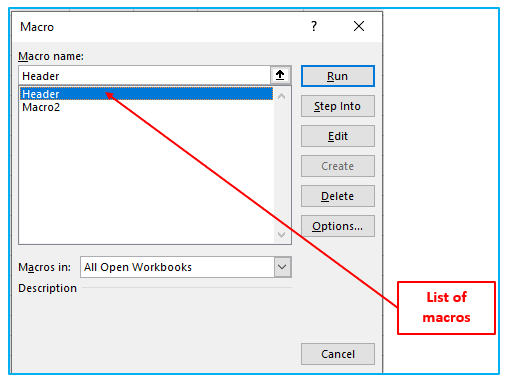
Step 3: Select ‘This Workbook’ is selected in the ‘Macros in’ drop-down.
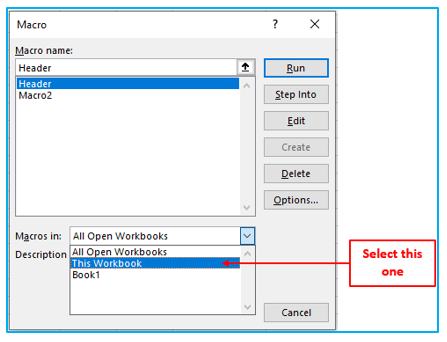
Step 4: Choose the macro name you want to remove from the macro list.
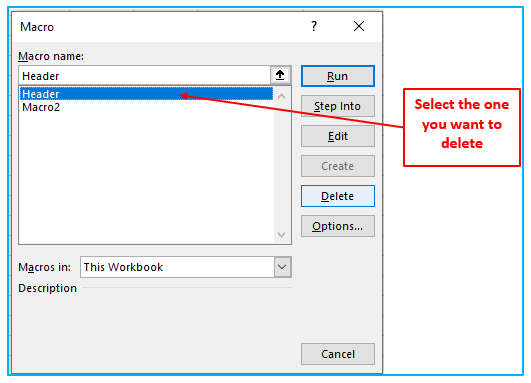
Step 5: Click on the Delete option. This removes the selected macro.
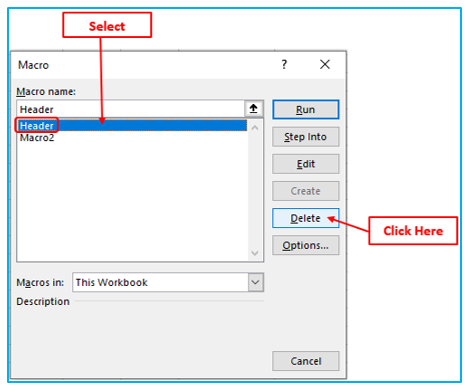
Result outlined below:
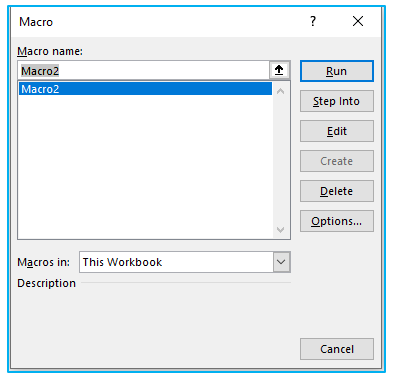
3. How to Use Shortcut Key to Delete Macros from the Macro Dialogue Box in Excel?
Follow these steps to Use Shortcut Key to Delete Macros from the Macro Dialogue Box in Excel:
Step 1: To open the Macro Dialogue Box, press the Shortcut Key (ALT+F8) on your keyboard.
Step 2: A Macro dialogue box will appear. In the box, you can see all of the macros in the workbook.
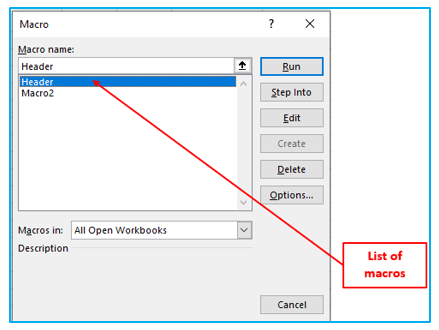
Step 3: Make sure ‘This Workbook’ is selected in the ‘Macros in’ drop-down.
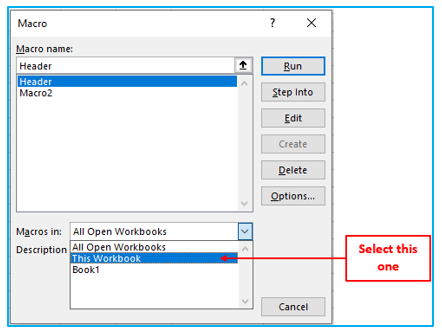
Step 4: Choose the macro name you want to remove from the macro list.
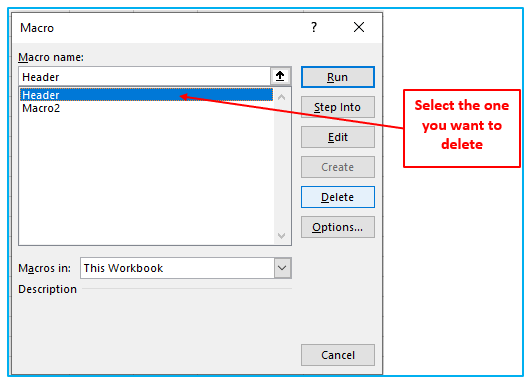
Step 5: Click on the Delete option. This removes the selected macro.
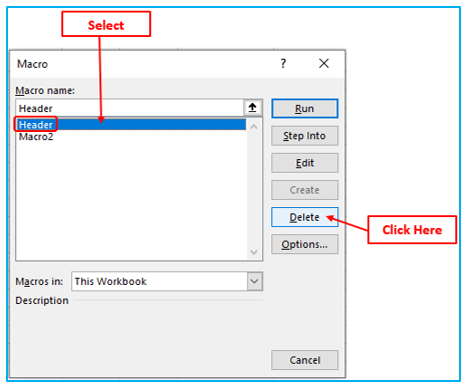
Result outlined below:
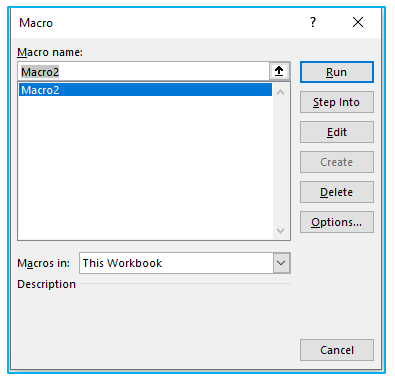
4. How to Select and Erase Macros from the Modules in Excel?
Follow these steps to Select and Erase Macros from the Modules in Excel:
Step 1: Go to the Developer tab. To open the VBE, select Visual Basic. By pressing Alt + F11, you can also access the VBE (Windows)

Step 2: The VBA window will appear. Select the Module containing the Macro you want to delete from the right scroll bar under the Modules section.
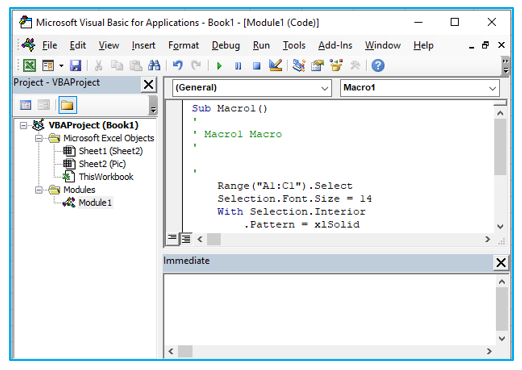
Step 3: Right-click your mouse after selecting the desired module. Select Remove Module from the list of options.
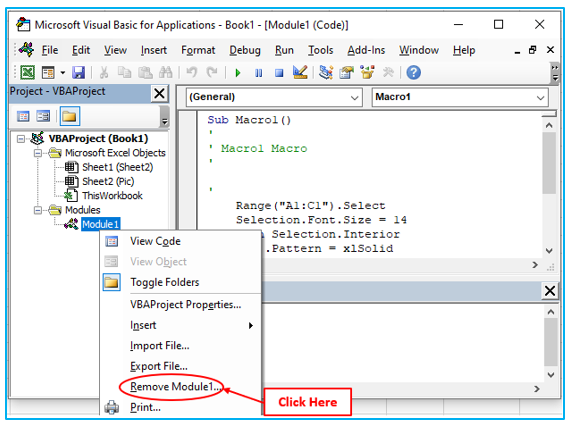
Step 4: A warning box will appear, asking if you want to export the module before removing it. Please select No.
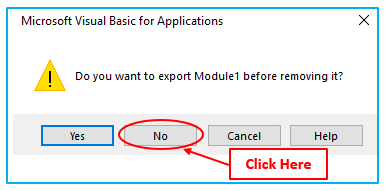
Result outlined below:
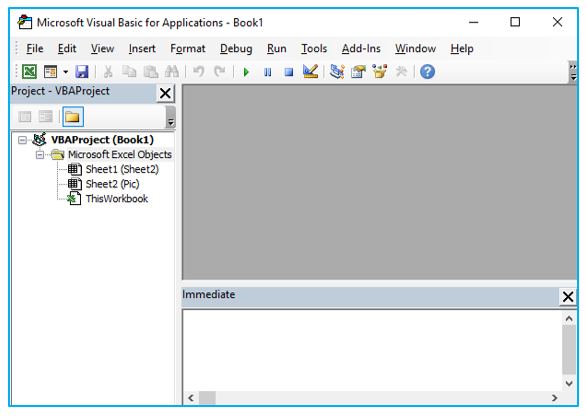
5. How to Delete All the Macros Together by Saving it as an xlsx File in Excel?
Assume you have a file called Macro Remove (with macros); the steps to remove all the macros from this file are as follows:
Step 1: Select the File menu option.
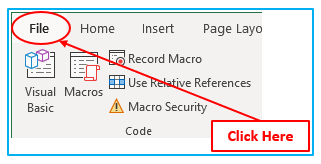
Step 2: Select ‘Save As’ (or ‘Save a Copy’ in newer Excel versions).
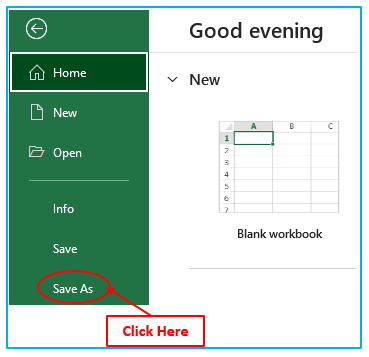
Step 3: Select Browse. The Save As dialog box will appear.
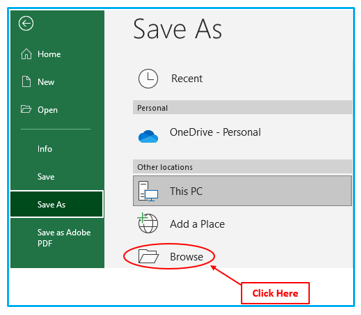
Step 4: Enter the name of the file you want to save in the Save As dialog box.
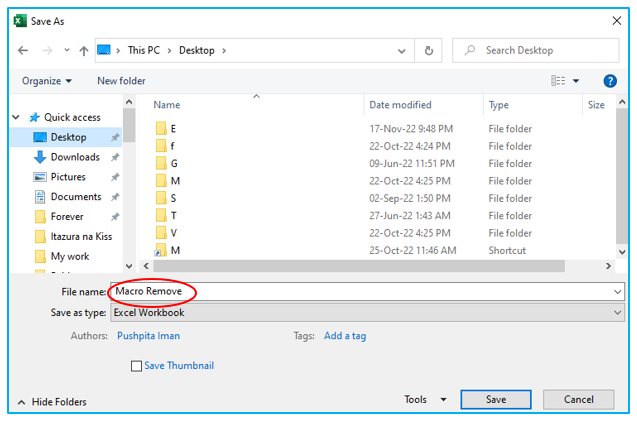
Step 5: Select the Save As type from the drop-down menu. Choose the Excel Workbook (*.xlsx) format.
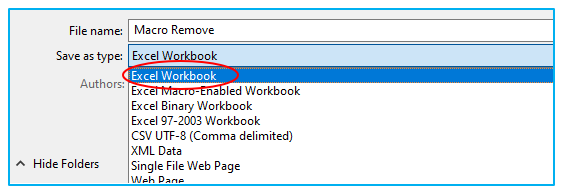
Step 6: Click Save.
Your file is now free of macros.
You may be interested:
